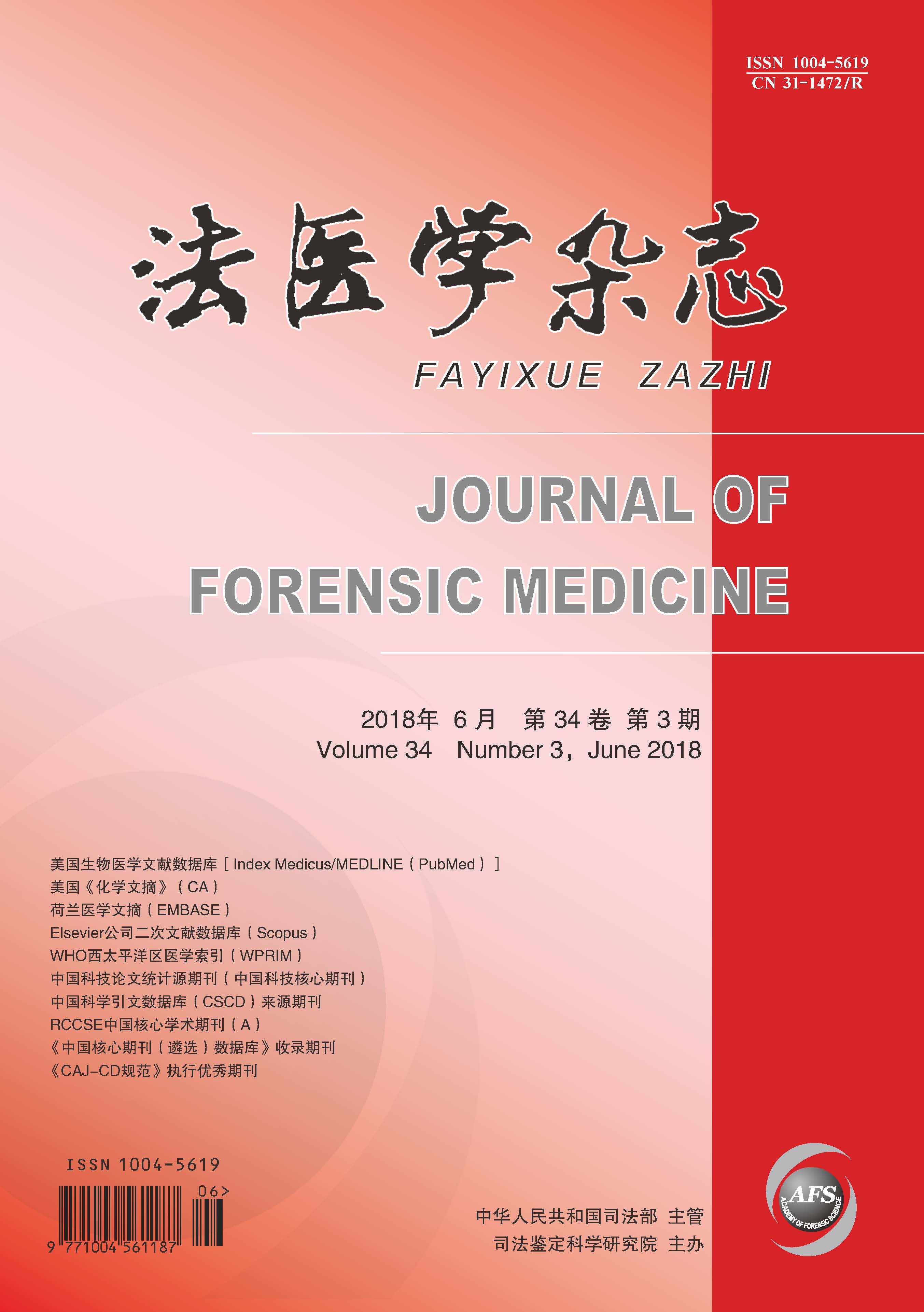|
|
Genetic Parameters of SNP Loci in Next Generation Sequencing Kits and Their Comparison
ZHOU Mi, ZHANG Ke, WANG Jun
2018, 34(3):
242-247.
DOI: 10.12116/j.issn.1004-5619.2018.03.005
Objective To calculate genetic parameters of SNP loci in next generation sequencing kits, and to compare them with STR loci for establishing the conversion ratio between SNP and STR system effectiveness. Methods Hardy-Weinberg equilibrium tests were performed in 101 SNP loci of next generation sequencing kits (ForenSeqTM DNA Signature Prep kit and Precision ID Identity Panel kit). The parameters of system effectiveness of SNP loci in the cases of personal identification, trios, duos, and alleged parents were calculated, which were compared with the genetic parameters of STR loci. Results Except 2 loci without the data of genotype frequency, other 99 SNP loci conformed to Hardy-Weinberg equilibrium tests (P>0.05). In ForenSeqTM DNA Signature Prep kit, the CDP of 94 SNP loci was 1-1.152 1×10-34, CPEtrio was 1-4.416 9×10-8, CPEduo was 1-8.483 7×10-5, and CPEAP was 1-1.222 7×10-12. In Precision ID Identity kit, the CDP was 1-2.052 4×10-33, CPEtrio was 1-8.709 3×10-8, CPEduo was 1-1.163 8×10-4, and CPEAP was 1-3.725 7×10-12. In the cases of personal identification, trios, duos and alleged parents, the system effectiveness of 2.85, 4.51, 4.88 and 4.55 SNP loci was equal to that of 1 STR locus, respectively. Conclusion With high system effectiveness of SNP loci, the next generation sequencing kits is suitable for personal identification and paternity testing in forensic science.
Related Articles |
Metrics
|


